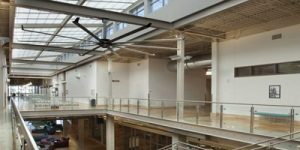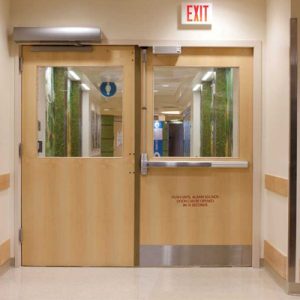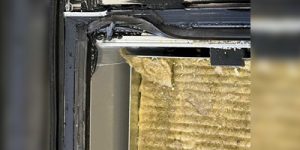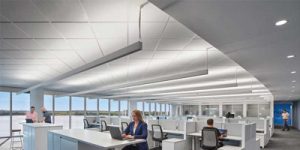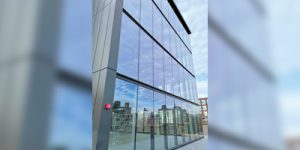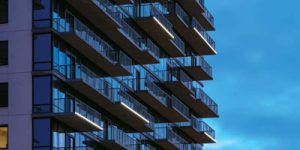“Adaptive reuse,” alternatively known as building reuse, is a remarkable approach that injects vitality and purpose into vacant structures, which is different from the design they were intended for. By preserving and repurposing these structures, adaptive reuse projects contribute to preserving local culture, fostering a sense of continuity and...
+ Read More
|
The American National Standards Institute (ANSI) and the Builders Hardware Manufacturers Association (BHMA) set forth standards that are used by specifiers, architects, and other key players in the construction world. These standards apply to a diverse array of hardware and are updated every five years as required by ANSI.
+ Read More
|
Whether field or shop fabricated, one quality control measure to confirm the integrity and consistency of the structural sealant application is to deglaze representative assemblies—deglazing representative assemblies also assists in developing protocols for infill replacement should the infill be damaged in-service.
+ Read More
|
The designer and specifier decide which of these roles the ceiling will take on in any project. The ceiling can assume all, none, or any combination of the four roles. It is possible for the partitions and floor slab to provide adequate isolation without a ceiling. Mechanical equipment can...
+ Read More
|
Concrete floors are popular choices in certain spaces in a variety of finishes as they are long-lasting and extremely durable if the contractor has installed, cured, and finished them properly. However, issues can arise during or after installation, and construction professionals must know how to diagnose and fix these...
+ Read More
|
For architects and designers specializing in institutional design, keeping children safe is an increasingly difficult task which can weigh heavy on one’s heart and mind. By balancing design and safety, along with incorporating better access controls, such as advanced rolling closures, architects can help prevent and defend against shooting...
+ Read More
|
As an alternative to removing and replacing the original masonry—an approach that can negatively impact structural integrity—project teams and architects are encouraged to design an insulated facade layer with vapor barrier, creating a new enclosure that is watertight and energy efficient, and possibly more attractive. This raises a question...
+ Read More
|
The design phase of a building project allows the design team to select fenestration systems that meet the needs of a project and set up the building for success during and after construction. Design teams must balance performance and practicality to achieve a successful installation while maintaining required fenestration...
+ Read More
|
A weathertight building enclosure is critical when it comes to preventing air leakage and water penetration. It also significantly impacts energy efficiency, indoor air quality (IAQ), and occupant comfort. Therefore, properly specifying and detailing the transitions between fenestration products and the surrounding wall conditions is extremely important.
+ Read More
|
Many flooring products have historically been manufactured with chemicals such as ortho-phthalates, formaldehyde, and per- and polyfluoroalkyl substances (PFAS) that, when emitted from those products, can have adverse effects on human and environmental health and contribute to indoor air pollution.
+ Read More
|
|
|


